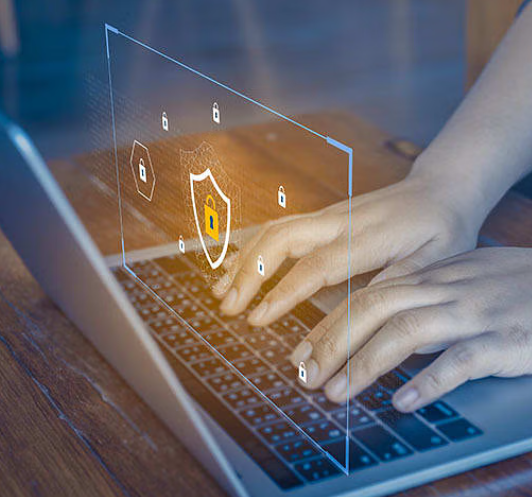
Emerging Cybersecurity Trends in Supply Chain Management
In today’s interconnected world, supply chains play a vital role in moving goods and services from manufacturers to retailers and, ultimately, to consumers. As businesses become more digitized, however, this interconnectedness also opens the door to a growing range of cyber threats. With cyberattacks becoming more frequent and sophisticated, securing the supply chain has never been more critical. According to recent findings, 98% of organizations have experienced some form of disruption due to a cyber incident within their supply chain. As a result, cybersecurity is now a top priority for businesses looking to protect their operations. Here are some key trends shaping the future of supply chain cybersecurity.
Adopting Zero Trust Architecture (ZTA)
Traditional security models, which focus on securing the perimeter of a network, are no longer enough to combat modern cyber threats. Instead, many organizations are turning to Zero Trust Architecture (ZTA), which operates on the premise that no one, inside or outside the organization, should be trusted by default. Every request to access company systems and data must be verified, regardless of the source’s location. By applying ZTA, businesses can enhance security by minimizing the risk of unauthorized access and reducing vulnerabilities in their supply chain.
Managing Third-Party Risks
As supply chains become more complex, organizations are realizing the critical role third-party vendors and suppliers play in their cybersecurity posture. These external partners often have access to sensitive data and critical systems, making them potential entry points for cyberattacks. To mitigate this risk, companies are conducting thorough audits and assessments of their suppliers’ cybersecurity practices. Ensuring that all partners adhere to strong security standards is essential for protecting the overall supply chain.
Increasing Supply Chain Visibility
To proactively identify and address potential cyber threats, real-time visibility into the supply chain is essential. Businesses are increasingly adopting technologies like the Internet of Things (IoT), blockchain, and artificial intelligence (AI) to monitor and track their operations. These tools provide valuable insights into supply chain activities, helping to detect anomalies or potential security breaches as they happen. By gaining better visibility, organizations can respond quickly to mitigate risks and prevent further disruptions.
Improved Incident Response Planning
With the growing threat of cyberattacks, having a well-defined incident response plan has become essential. Companies are developing comprehensive procedures for handling a cyber breach, ensuring that all teams know what actions to take during an incident. In addition, businesses are conducting regular self-assessments to stay on top of potential risks and update their response strategies accordingly. A solid plan ensures that organizations can respond efficiently to any security issues, minimizing damage and downtime.
The Importance of Collaboration Across Departments
One of the most effective ways to safeguard the supply chain from cyber threats is through enhanced communication and collaboration between departments. Working in silos can increase the risk of a cyberattack, as it limits cross-training opportunities, slows down incident response, and leaves team members less aware of potential security threats. By fostering a culture of collaboration, businesses can strengthen their defenses and improve their overall cybersecurity posture.
The Future of Supply Chain Cybersecurity
Cybersecurity is no longer just a supplementary component of supply chain operations—it’s a vital part of business strategy. As supply chains become more digital and interconnected, the threat landscape continues to evolve. By staying proactive and embracing trends like Zero Trust Architecture, third-party risk management, enhanced visibility, and robust incident planning, companies can protect their supply chains and ensure business continuity in an increasingly complex cyber environment. Cybersecurity is an ongoing effort, and by staying vigilant, businesses can keep their operations secure and resilient in the face of emerging threats.